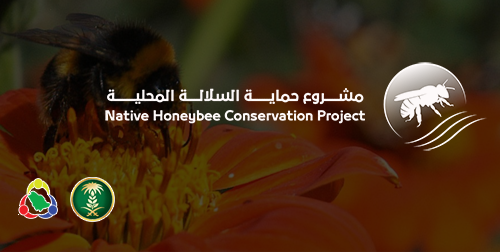Evidence for sub-populations of Apis mellifera jemenitica colonies along the Red Sea coast of Saudi Arabia

Abstract
Characterization of Apis mellifera jemenitica Ruttner populations along the Red Sea Coast of Saudi Arabia revealed two distinct sub populations. Principal component analysis of 28 morphometric characters revealed that wing venation characters (factor one) accounted for >91% of the variation among our samples and reference subspecies, and for 98% of the variation between both Saudi
sub-populations. Separation of the study samples into two clusters based on colony means of wing venation was highly significant.
Principal coordinate analysis using forewing landmarks confirmed the allocation of the samples into two clusters. Coordinates associated with factor one accounted for >99% of the variance between both clusters. Results indicated significant correlation between morphometric and geometric approaches in allocating samples into the same cluster (R = 0.474; P < 0.0001). Analysis of
mtDNA tRNAleu-COII showed high similarity among our sequences and reference sequences of the sub-lineage Z (previously O lineage) and of the lineage C (Apis mellifera anatoliaca Maa and of the M lineage Apis mellifera mellifera L.). Results revealed 24 variable haplotypes, 22 of which were previously unreported. Our study shows that A. m. jemenitica samples of non-migratory honey bee colonies along the Saudi Arabia Red Sea coast represent two sub-populations and phylogenetically clustered with subspecies from two different lineages
Download full paper - click here





